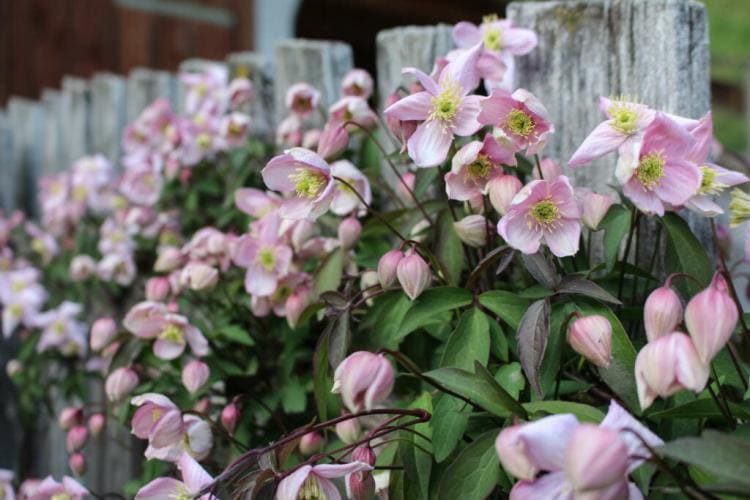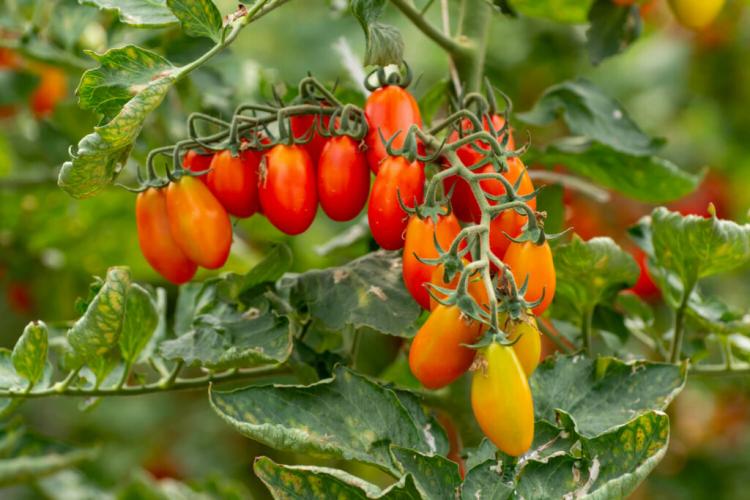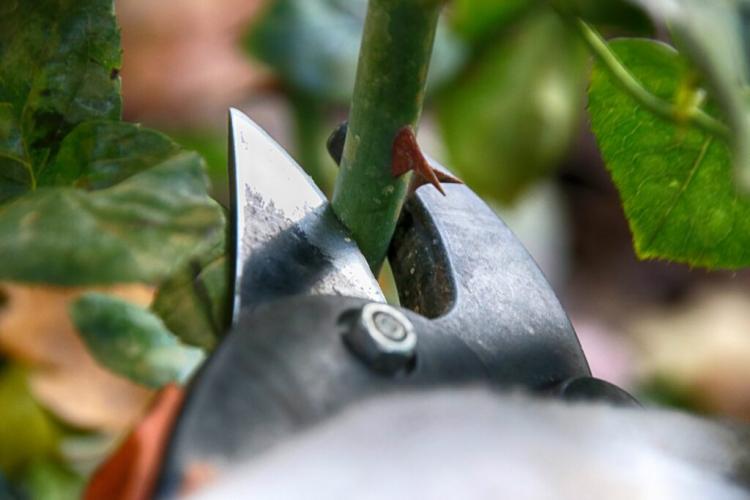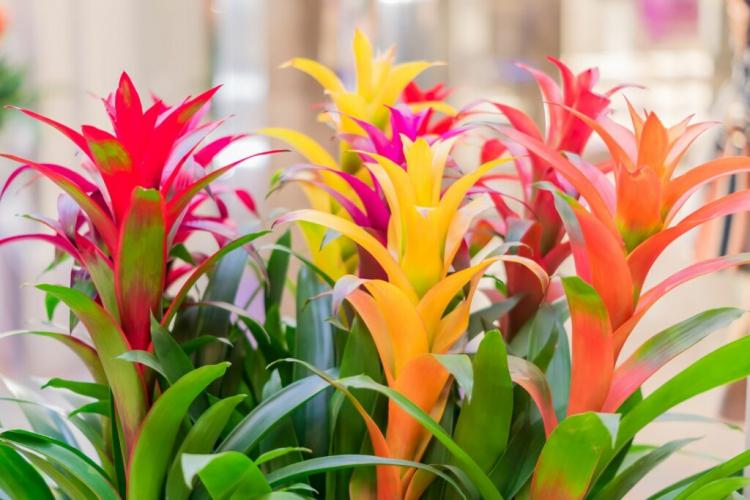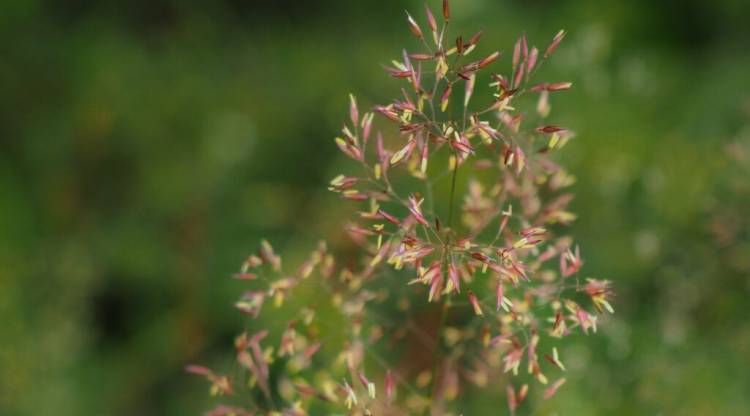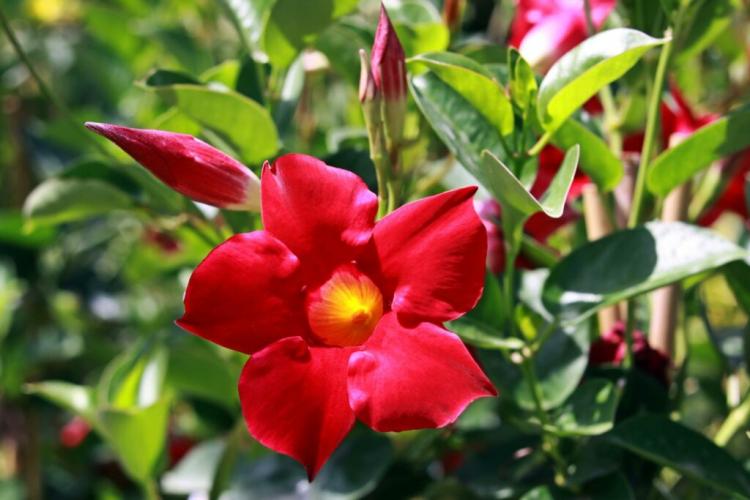Cutting elderberry: timing and procedure when cutting back
When is the best time to cut elderberries? How do you proceed correctly with topiary and Co.? Our tips for pruning your elderberry tree. The elder is a fast-growing wood with a growth rate of 50 to 70 centimeters per year. Without specific pruning measures, it develops into a stately bush within a few years. It can reach heights of up to seven meters. To keep the elderberry small and to ensure a lush bloom and fruit formation year after year, it should be pruned annually.
In nature, the elder usually grows in the form of a shrub. However, through consistent cutting, you can transform it into the shape of a tree. In this article, you will find out how to carry out maintenance pruning and topiary pruning and when you should prune the elder in your garden.
You can find more information and tips about elderberries – from planting to care and propagation to different types and varieties of elderberries – in our article on elderberries.
Time to cut elderberry
Table of Contents
The right season for cutting elderberry is autumn. In October after the elderberries have been harvested, pruning measures can be taken. But even between the end of January and the beginning of March, you can still prune the elderberry bush or the elder tree well.
You might so like: Propagate Rubber Tree: Professional Tips For Propagation By Cuttings
Procedure for cutting elderberry
When pruning elderberries, annual shoots are left while older wood is removed. Annual shoots are thin and have smooth, light gray bark. Two-year-old or older branches can be recognized by their larger diameter and brownish, cracked, and already corked bark.
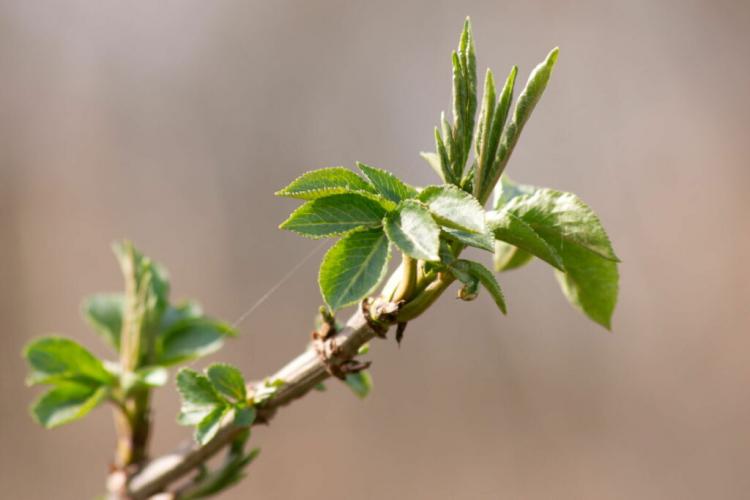
Maintenance cut / thinning cut
In autumn, the removed shoots, i.e. the shoots on which the fruits were attached, are severely cut back. For a lush bloom formation and a rich elderberry harvest, only annual wood is left standing, on which many new branches and blooms can form in the following year. When choosing the shoots that will bear the flowers and fruits in the next year, choose around 10 to 12 strong annual shoots that start as low as possible at the base. This is important so that all shoots are supplied with nutrients equally. However, if you notice a shoot in spring that is poorly placed or developing poorly, you can still remove it without any problems.
You might so like: Grow Lemon Balm: On The Balcony And In The Garden
Topiary
To achieve a beautiful shrub shape, the central shoot should remain the longest shoot. The surrounding main shoots should be shortened so that a slight cone shape can be seen in the upper area.
As an alternative to the classic shrub shape, a young elder can also be raised to a high trunk. An elder tree is not only space-saving, it is also a particularly decorative element in your garden. Choose a strong, straight shoot as possible as the future trunk of your elder tree and attach it to a wooden post that you drive into the ground next to it as a support. Shorten the tip of the central shoot a little. Below the intersection, there should be around five dormant bud systems, from which new shoots sprout in spring, which later form the treetop.
You can recognize or feel the buds as slight bulges on the shoot. All side shoots below these bud systems are cut off close to the central shoot. In the second year, you should cut back the five or so crown shoots so that around four buds remain per shoot. From the third year onwards, the crown is cut back and thinned as with the maintenance pruning described above. The tribe is freed from competitive instincts again and again so that it can develop well.
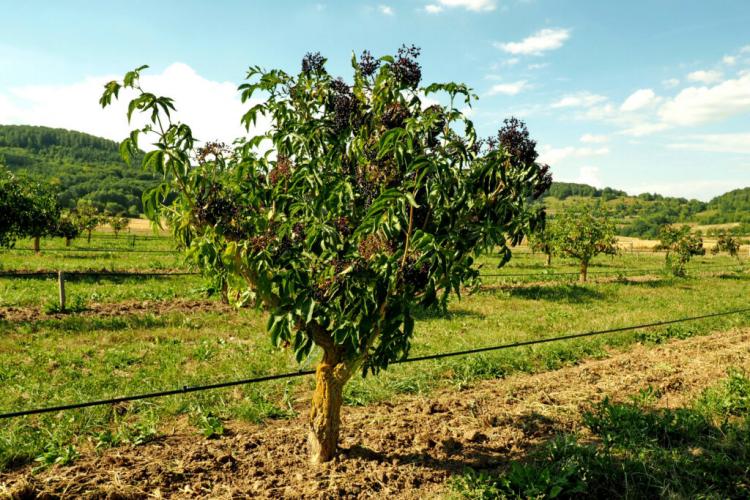
The elder is very versatile and not only looks good as a shrub or high trunk with its creamy white flowers but also forms a valuable source of food for birds with its berries. If you would like to plant an elder in your garden, you will find all the important information in our article on “Planting elder”.

